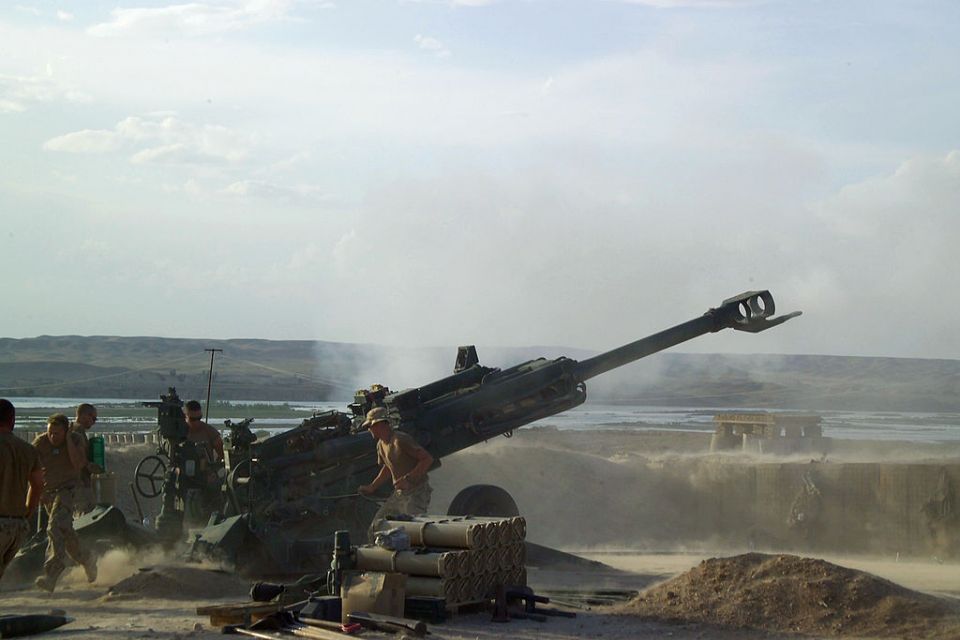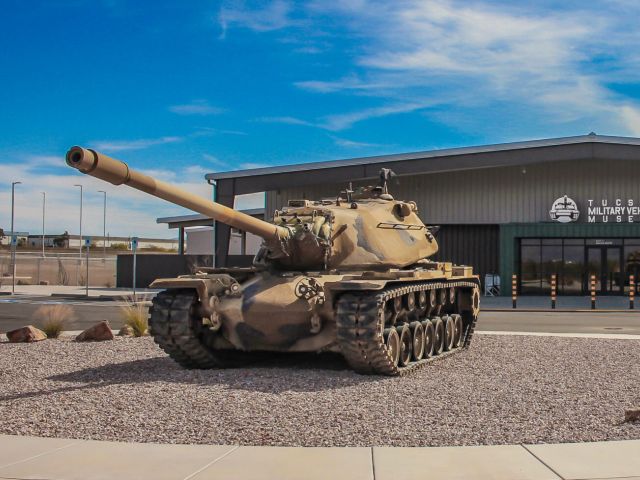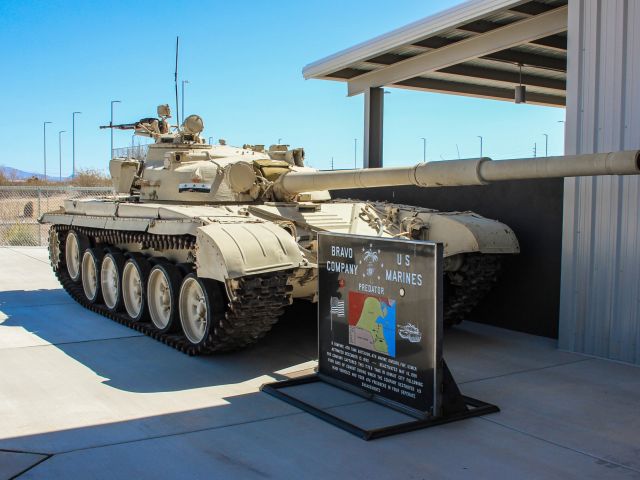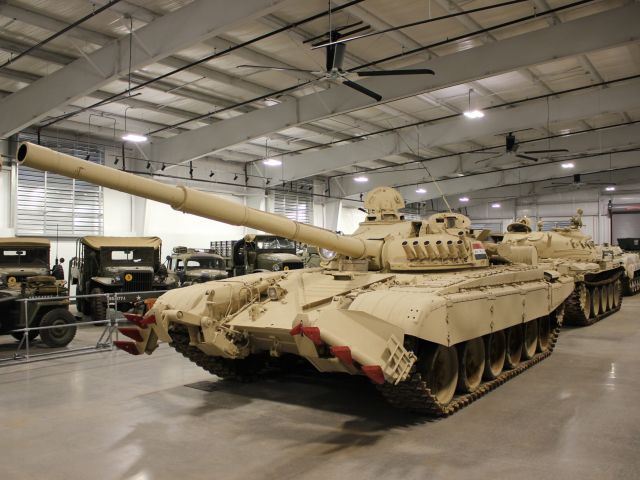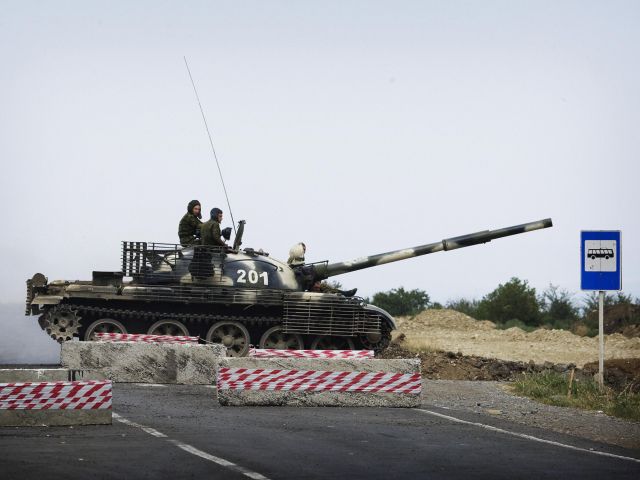Technical Specifications
-
Enter Service:2005
-
Crew:3–8
-
Weight:4.2 tons
-
Dimensions:Length: Combat – 35 ft, Travel – 31 ft; Barrel Length: 16.7 ft
-
Caliber:155 mm
-
Elevation:0° to +71.7°
-
Rate of Fire:Normal: 2-4 rpm, Maximum: 8 rpm for no longer than 2 minutes
-
Muzzle Velocity:2,710 ft/s
-
Maximum Firing Range:M107: 13 mi; M795: 14.6 mi; ERFB: M795E1 19 mi, Excalibur: 25 mi
Description
The M777 howitzer is a British towed 155 mm artillery piece in the howitzer class. It is used by the ground forces of Australia, Canada, Colombia, India, Saudi Arabia, Ukraine, and the United States. It was first used in combat during the War in Afghanistan. The M777 is manufactured by BAE Systems’ Global Combat Systems division. Prime contract management is based in Barrow-in-Furness in Cumbria, England, UK, as well as manufacture and assembly of the titanium structures and associated recoil components. Final integration and testing of the weapon is undertaken at BAE’s facility in Hattiesburg, Mississippi.
The M777 began in 1987 as the Ultralight Field Howitzer (UFH), developed by Vickers’ Armaments Division in Barrow-in-Furness, located in Cumbria, England, UK. Upon taking over responsibility for the weapon, BAE “Americanized” to a large degree the construction and assembly through its US-based BAE Systems Land and Armaments group. The M777 now uses about 70% US-built parts, including the gun barrel (designated M776), which is manufactured at the Watervliet Arsenal, New York, US.
The M777 is 41% lighter than the predecessor it replaced. Sizable portions of the weight are reduced due to the extensive use of titanium. The gun barrel serves as the towing bar, with the connecting ring forged as a projection of the muzzle brake. The M777 can be transported by helicopter sling-load, or transport aircraft such as the Lockheed C-130 Hercules or C-5 Galaxy or towed by air-braked vehicles with a 2½-ton. The minimum gun crew required is five, compared to a previous nine. The normal crew is eight. With a minimal emergency crew, the rate of fire is decreased. It can be fired by a crew of only three if necessary.
